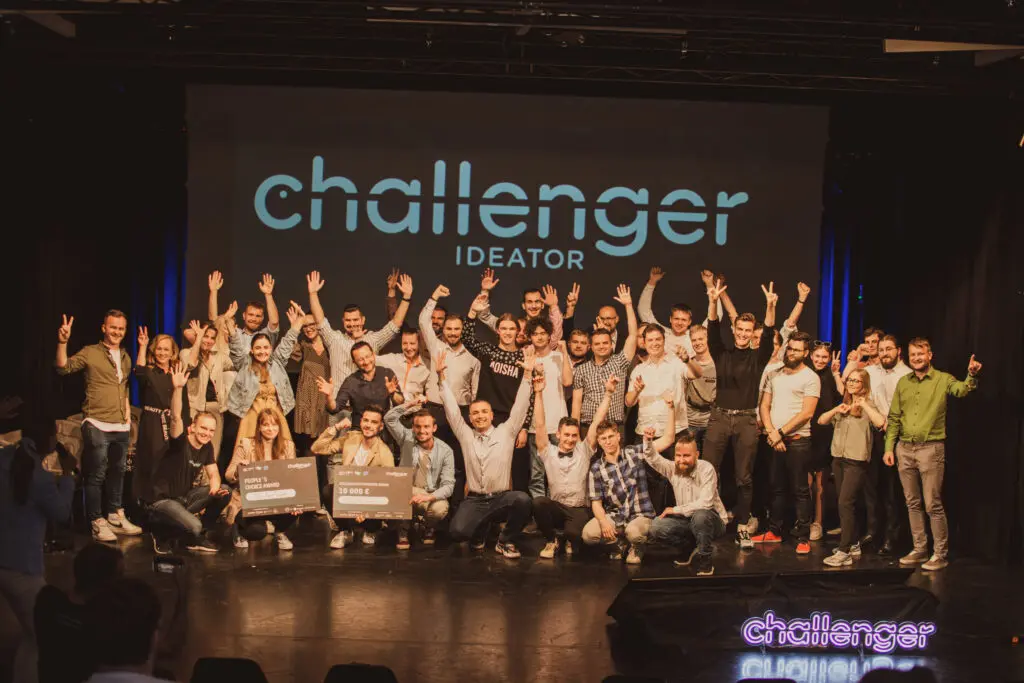Embracing the circular economy: a pathway to sustainable community development

A viable solution offered by the circular economy
As resource consumption continues to grow, communities, along with both the public and private sectors, are facing significant environmental challenges. This situation calls for alternative approaches to traditional linear economic models of growth.
The circular economy offers a viable solution—an economic framework that employs a systemic approach to maintain a continuous flow of resources. It accomplishes this by recovering, retaining, or enhancing the value of materials while promoting sustainable development. The primary objectives of a circular economy are twofold: 1) to reduce the demand for raw materials and 2) to minimize material leakage from the system.
Local governments play a crucial role in shaping communities and enhancing the living environment by implementing circular economy practices, such as sharing, repairing, reusing, and recycling. They act as facilitators, fostering collaboration among citizens, governments, and businesses to create interconnected systems aimed at eliminating waste and pollution, circulating products and materials, and regenerating natural resources.
Circular cconomy initiatives in Estonia supported by Civitta
There are several noteworthy examples of circular economy practices, particularly in countries like the Netherlands and the Nordics, and Estonia is eager to position itself as a strong example in this field. Civitta has been supporting the Ministry of Climate in developing a holistic approach to the circular economy in Estonia by creating a white paper and roadmap, alongside guidelines for implementation. Local governments are taking cues from the national government and are contemplating optimal strategies for creating and supporting best practices.
Civitta has been assisting the city governments of Tallinn and Tartu, as well as local authorities in Põlva, Saaremaa, Narva, and many others, in crafting strategies and roadmaps that cultivate a circular mindset at the local level. For instance, Tartu has prioritized the reuse of construction waste along with industrial symbiosis and is actively working on innovative solutions to promote these initiatives.
Developing a model for sustainability governance in circular economy initiatives
To ensure that these strategies and roadmaps have a real impact, changes in organizational structures—and, more importantly, in mindsets—are necessary. Therefore, we are supporting Tallinn in developing a model of sustainability governance that encompasses engagement, organizational development, and strategic planning.
This model will be tested not only in Tallinn but also in Kutaisi (Georgia) and Vinnytsia (Ukraine) to help embed the circular economy as a fundamental aspect of daily life.
The circular economy can serve as an effective solution if all sectors collaborate and share a clear understanding of the ultimate goal. Civitta is committed to facilitating this transition.


